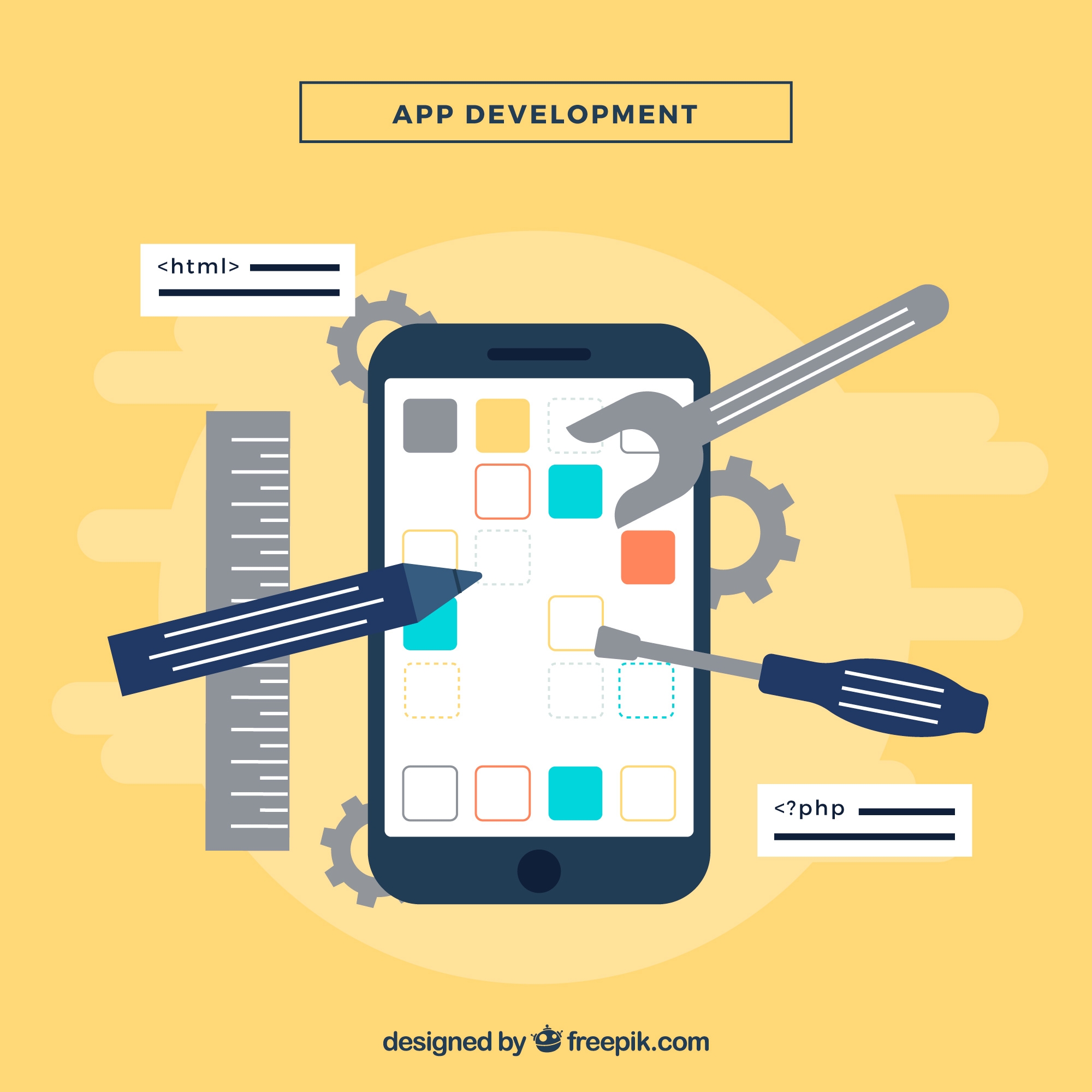The Ultimate Guide to iOS App Development: Everything You Need to Know

In today’s digital era, businesses are leveraging iOS app development to create high-quality, secure, and engaging applications for Apple users. With millions of users on iPhones, iPads, and other Apple devices, building an iOS app presents a great opportunity for businesses to expand their reach and enhance customer experiences.
This comprehensive guide will walk you through the entire iOS app development process, covering essential steps, technologies, costs, and expert tips to help you build a successful app.
1. Understanding the iOS App Development Process
Developing an iOS app requires a well-defined strategy, technical expertise, and a clear understanding of Apple’s ecosystem. Here’s an overview of the key stages:
a. Planning & Research
-
Define your app idea, target audience, and unique value proposition.
-
Conduct market research and competitor analysis.
-
Outline key features and functionalities.
b. UI/UX Design
-
Create wireframes and app prototypes.
-
Focus on user-friendly navigation and intuitive design.
-
Follow Apple’s Human Interface Guidelines (HIG) for seamless user experience.
c. Development & Coding
-
Choose the right tech stack (Swift, Objective-C, or cross-platform frameworks like Flutter).
-
Implement core features, backend systems, and API integrations.
-
Test the app’s functionality and performance throughout development.
d. Testing & Debugging
-
Conduct rigorous quality assurance (QA) testing.
-
Identify and fix bugs to ensure smooth performance.
-
Test the app on different iOS devices and screen sizes.
e. App Store Submission & Deployment
-
Ensure compliance with Apple’s App Store Guidelines.
-
Optimize your app’s metadata for better visibility.
-
Submit for review and prepare for launch.
2. Choosing the Right Technology Stack
Selecting the right programming languages and frameworks is crucial for your app’s performance and scalability.
-
Swift – Apple’s preferred language for iOS development, known for speed and efficiency.
-
Objective-C – An older yet reliable language, still used in legacy applications.
-
Flutter & React Native – Popular cross-platform frameworks for building iOS and Android apps simultaneously.
Depending on your project requirements, your development team will decide whether to go native or cross-platform.
3. Key Features Every iOS App Should Have
To make your app stand out, consider integrating the following essential features:
-
Push Notifications – Engage users with real-time updates and promotions.
-
In-App Purchases & Subscriptions – Monetize your app effectively.
-
Secure Authentication – Use Face ID, Touch ID, or two-factor authentication.
-
Offline Mode – Ensure functionality even without an internet connection.
-
Analytics & Performance Tracking – Gain insights into user behavior and app performance.
By incorporating these features, you enhance user engagement and retention.
4. Cost Estimation for iOS App Development
The cost of developing an iOS app depends on multiple factors, including complexity, features, and development time.
Using an App Cost Calculator, businesses can get an estimated budget based on their specific requirements. Some key cost factors include:
-
Simple Apps (Basic features & UI) – $10,000 to $30,000
-
Medium Complexity Apps (API integrations, custom UI) – $30,000 to $100,000
-
Complex Apps (AI features, real-time processing, advanced security) – $100,000+
For businesses looking for cost-effective solutions, iOS App Development Companies India offer high-quality services at competitive pricing.
Book an Appointment with Our Experts
Want to turn your app idea into reality? Our team of experienced iOS developers is here to help.
Book an Appointment today and get expert guidance on building a scalable and feature-rich iOS app for your business.
5. Monetization Strategies for iOS Apps
Building a great app is just the beginning—choosing the right monetization strategy is crucial for generating revenue.
-
Freemium Model – Offer a free app with premium features available through in-app purchases.
-
Subscription-Based – Charge users a monthly or yearly fee for continued access.
-
In-App Advertising – Monetize through banner ads, video ads, or sponsored content.
-
Paid Apps – Charge users a one-time download fee.
Selecting the best monetization strategy depends on your target audience and business goals.
6. How to Choose the Right iOS App Development Partner
Hiring the right development team ensures your app’s success. Here’s what to look for:
-
Proven experience in iOS app development.
-
Strong portfolio of successful iOS applications.
-
Knowledge of Apple’s latest technologies and updates.
-
Ability to provide post-launch support and maintenance.
Several iOS App Development Companies offer end-to-end services, from ideation to post-launch support, ensuring a seamless app-building experience.
Conclusion
Developing an iOS app is a rewarding investment for businesses looking to enhance customer engagement and expand their digital presence. By choosing the right technology, features, and development team, you can build a powerful and scalable app tailored to your needs.
If you’re ready to take the next step, partner with one of the top iOS App Development Companies to turn your vision into reality.
- Art
- Causes
- Crafts
- Dance
- Drinks
- Film
- Fitness
- Food
- Games
- Gardening
- Health
- Home
- Literature
- Music
- Networking
- Other
- Party
- Religion
- Shopping
- Sports
- Theater
- Wellness


